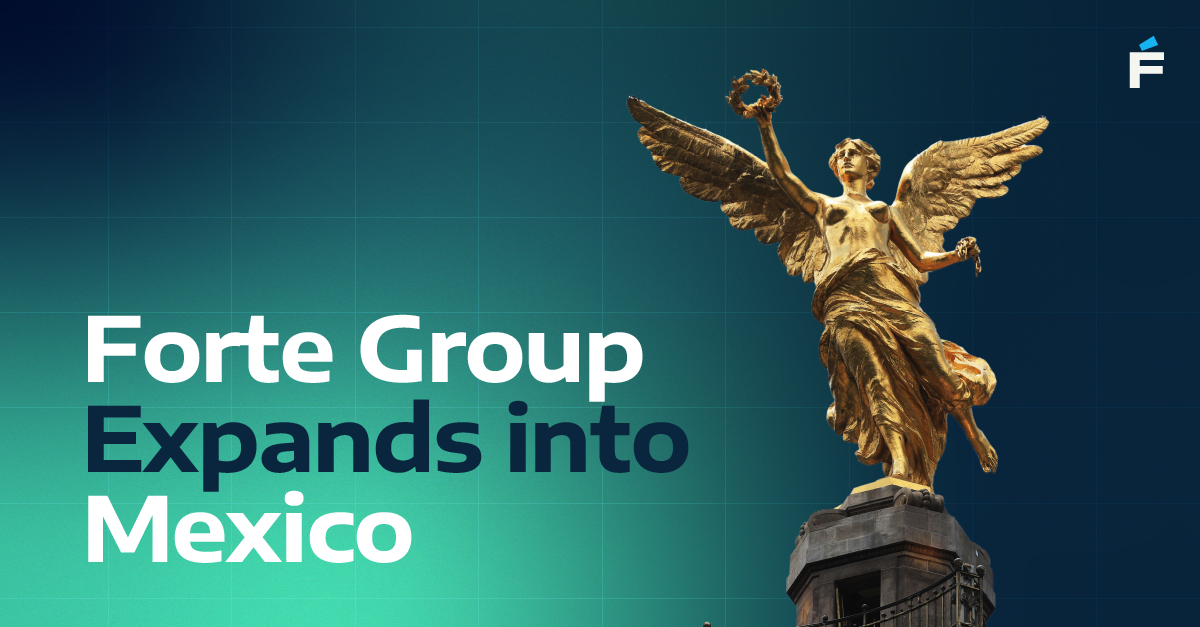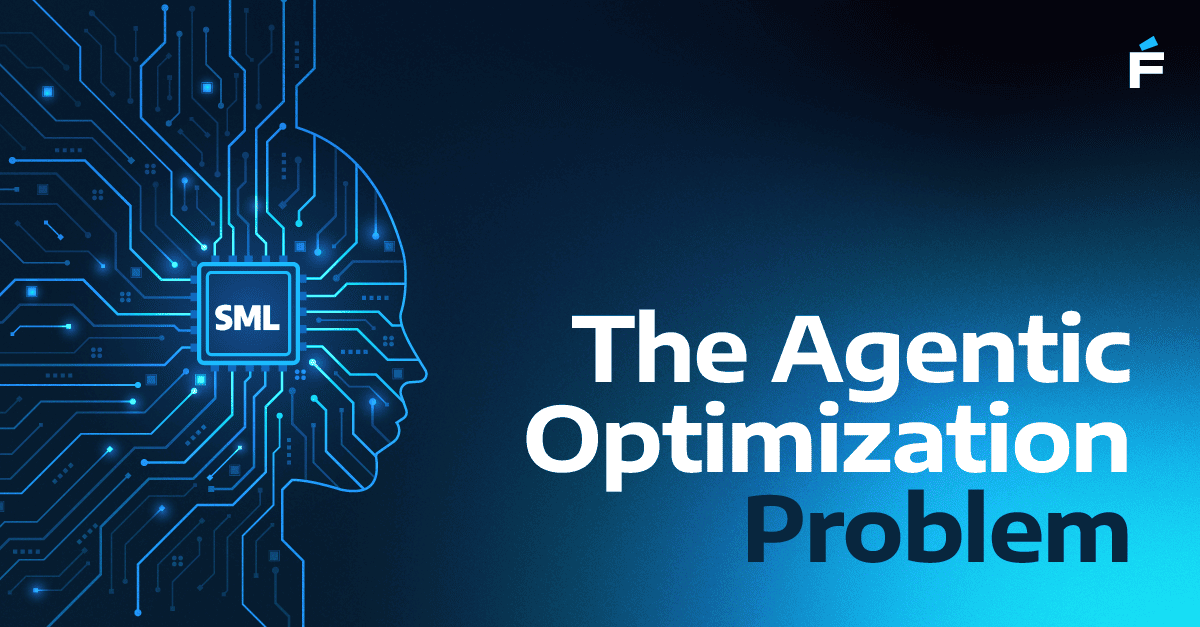In the world of technology, even if a system is built using the latest stack, it won’t stay modern forever. This cycle is unavoidable. Software that works brilliantly today may not be compatible with future needs, market demands, or technological standards. The digital world is constantly evolving, holding off on software modernization is like collecting technical debt that someone will eventually have to pay — and that someone will likely be your team or their successors.
Let’s be clear: the decision to modernize a legacy system is not just about adding a few work items into the backlog. It’s about strategic foresight. While the product may be functioning well enough, adding new features on top of the legacy tech stack creates a growing burden. This is the reality many companies face as they grapple with whether to overhaul systems entirely or attempt to update them incrementally. The key is in recognizing which modernization strategy suits your specific context and how long you can put off that inevitable update.
The Growing Burden of Technical Debt
There’s an apt metaphor for what happens when companies put off modernizing their software: it’s like racking up financial debt and passing it to your heirs. By not investing in software modernization today, businesses are essentially pushing the problem down the road, accumulating what’s known as technical debt. Just like financial debt, technical debt increases in scope over time, making future modernization projects even more complex and expensive.
What’s worse, the system may eventually reach a point where modernization is no longer feasible. By then, the problem isn’t just that the system is outdated — it’s that the entire organization is held back by an archaic platform that falls out and doesn’t integrate with other systems or appears too far from user expectations. The transition, when it inevitably happens, will be far more difficult and costly than it would have been if modernization had been undertaken earlier.
Now that we understand the importance of modernization, let’s explore the most common strategies for updating legacy systems.
Gradual Renovation of the Existing Product

For most companies, gradual renovation is the most sensible and manageable approach. Rather than replacing an entire system at once, this strategy focuses on making incremental improvements over time. It allows businesses to continuously modernize without the need for massive upfront investments or disruptive changes to operations.
In many cases, this is the most reasonable path forward. It’s less risky than ripping out a legacy system and replacing it wholesale, and it allows for greater flexibility. Instead of forcing a system-wide update, the team dedicates a portion of its engineering capacity to working on incremental modernization. This approach enables the company to address the most pressing demand first, while steadily modernizing other parts of the system.
What makes gradual renovation especially appealing is the way users experience it. With this strategy, changes are introduced in small, manageable chunks. Users aren’t hit with a completely new system overnight, which often leads to resistance or frustration. Instead, they adjust to incremental changes naturally, without disruption to their workflow. Each update feels like a slight improvement on what they already know, and doesn’t require a steep learning curve.
This method also ensures that the software’s quality remains high. By updating elements over time, businesses can address security vulnerabilities and performance bottlenecks without overwhelming their teams or users. It’s a practical approach that allows companies to keep their systems modern while maintaining business continuity.
Building a Parallel Product with Modern Technology
 For companies with the budget and need for a clean break, another option is to build a parallel product using a modern tech stack. This is by far the most expensive and complex strategy, and it often comes with significant risks.
For companies with the budget and need for a clean break, another option is to build a parallel product using a modern tech stack. This is by far the most expensive and complex strategy, and it often comes with significant risks.
In this approach, the company develops an entirely new, similar functioning product alongside the existing legacy system. The goal is to eventually replace the legacy system with the new one, but until that happens, both systems need to be maintained simultaneously until they reach feature parity. This means that any major feature introduced in the legacy system must be built twice — once for the old system and again for the new one.
The challenge here is twofold:
- First, the cost and complexity of maintaining two systems. Development teams are stretched thin, as they must support old and build the new platform.
- Second, users are typically unhappy with this approach. They got used to thousands of little features and lovely quirks of the legacy system, and when those small details don’t immediately make it into the new product, frustration builds.
Beyond user dissatisfaction, there’s the challenge of achieving quality parity between the two systems. While the legacy product may be outdated, it has likely been fine-tuned over the years to meet the specific needs of the business and its users. Achieving the same level of polish and reliability in the new system is a huge task. It requires an enormous amount of effort, and even then, there’s no guarantee that users will embrace the new system with open arms.
This approach works best for companies that need to make a clean break from their legacy system due to fundamental technological shifts or business needs. However, it’s not a decision to be taken lightly, as the road to a fully functioning new product is often long and fraught with challenges.
Keeping the Legacy Lights On While Migrating to a Different Product
 Sometimes, a system reaches a point where gradual renovation is no longer a reasonable option and demand for new functionality is the immediate need. When that happens, the only viable solution is to keep the legacy system running while migrating to an entirely different product. At this stage, continuing to invest in the legacy system would be like pouring money into a sinking ship. Instead, the company needs to start preparing for a full-scale migration.
Sometimes, a system reaches a point where gradual renovation is no longer a reasonable option and demand for new functionality is the immediate need. When that happens, the only viable solution is to keep the legacy system running while migrating to an entirely different product. At this stage, continuing to invest in the legacy system would be like pouring money into a sinking ship. Instead, the company needs to start preparing for a full-scale migration.
But migrating to a new product isn’t easy. It requires a complete overhaul of business processes, as the new system will likely operate very differently from the old one. This change can be disruptive to the organization, as it forces teams to rethink how they work and adapt to new workflows. The learning curve for users can be steep, especially if they’ve grown comfortable with the legacy system over many years.
Another significant challenge is the migration of data. Moving data from one system to another is rarely a straightforward process, and it often introduces new complexities and risks. There’s always the potential for historical data loss or inconsistencies, which can have serious consequences for the business. The migration process requires careful planning and execution to ensure that the transition is as smooth as possible.
Despite these challenges, this approach makes sense when the legacy system is simply too far gone to salvage. While the transition is difficult, it can ultimately lead to a more modern, efficient, and scalable solution that better meets the needs of the business.
Conclusion
Modernizing legacy systems is a necessary but challenging endeavor. Whether you choose to gradually renovate your existing system, build a parallel product, or migrate to an entirely new platform, each strategy comes with its own set of trade-offs. The key is to recognize when your current system is holding you back and to make the decision to modernize before it’s too late.
Avoiding modernization today may seem like a cost-saving measure, but in the long run, it only guarantees more headaches and expenses down the road. The sooner you address the inevitable legacy status of your systems, the better prepared you’ll be for the future.




